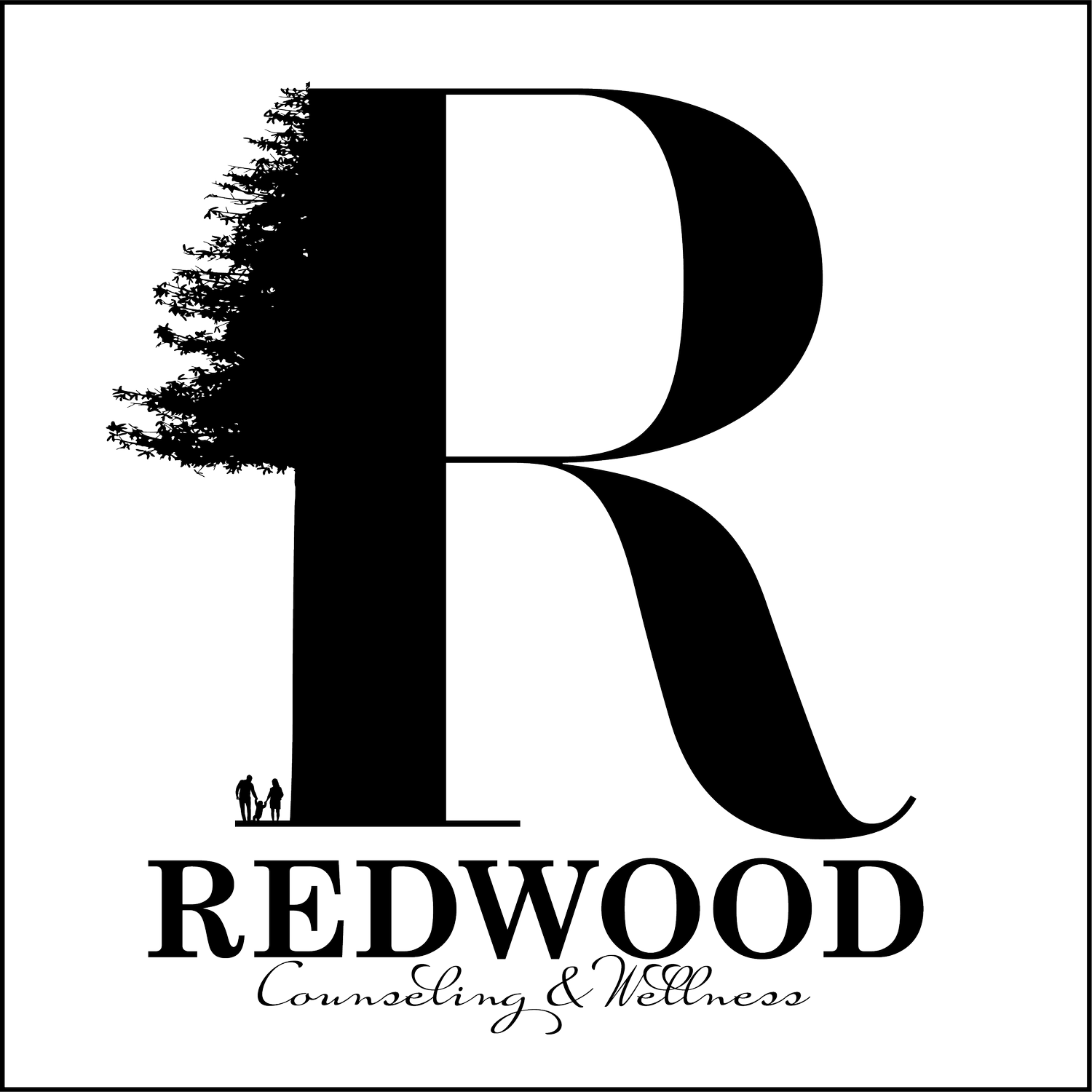Play Therapy: More than "Just" Playing with Toys
As someone in the field, I sometimes forget that not everyone knows what play therapy is. Even my own family, who supported me through graduate school as I trained to become a play therapist, still ask, “So people pay you to just play with toys with kids for an hour?”
On the surface, that’s often what a play therapy session looks like. But there’s so much more happening beneath that surface. Let me give you a glimpse of what’s really going on during therapeutic play.
Picture this: you’re venting to a friend or loved one about a stressful day—maybe you overslept, rushed to get ready, and then realized you forgot to get gas. As you recount the story, you can feel your heart race slightly, your jaw tense, or your voice rise with frustration. Even though the event is over, your body still reacts to those emotions.
As adults, we’re wired to process our emotions and experiences verbally. That’s why we often feel the need to call someone and talk things out. But for kids, it’s different. Until a certain age, children naturally process their emotions and experiences through play, not words. A six-year-old is much more likely to ask you to play with them than to sit down and discuss their feelings. As Dr. Garry Landreth famously said, “Toys are children’s words, and play is their language.”
When children play, they’re doing more than having fun—they’re reliving and working through their emotions. A child stacking blocks, battling an imaginary dragon, or reenacting a family scenario with dolls is processing their feelings in real-time. As play therapists, we’re trained to recognize what’s happening in these moments and to guide children in developing healthier emotional regulation and coping strategies.
I also involve parents every 4-6 weeks to review progress and share strategies to support their child at home and school. This collaboration is key to creating a nurturing environment for growth and for supporting therapeutic progress.
Thanks to advancements in neuroscience and our understanding of brain development, we know play therapy is a developmentally appropriate, evidence-based approach for children under 12. There are many types of play therapy, including:
Child-Centered Play Therapy
Synergetic Play Therapy
AutPlay Therapy
Theraplay
Animal-Assisted Play Therapy
And that’s just a few examples!
A Registered Play Therapist (RPT) is a licensed mental health professional who has completed extensive additional training in play therapy. For example, I’m a Licensed Professional Counselor (LPC) in Texas, which required me to complete a master’s degree, the licensure exam, and 3,000 clinical hours under supervision. To obtain the RPT credential, I also completed an additional 150 hours of play therapy-specific education and 350 hours of play therapy services under supervision. There are continuing education requirements for both credentials. While the RPT credential isn’t required to offer play therapy, it ensures you’re working with someone highly trained in supporting young children and families who is up-to-date on the latest continuing education.
So, while play therapy might look like “just playing,” it’s a powerful, nuanced practice that helps children process emotions, build resilience, and grow. And as play therapists, we’re here to guide and support not just the child, but the whole family.
If you’re curious to learn more, feel free to share this post or reach out through our website to schedule a consultation. I’d love to help your family navigate this journey together!
